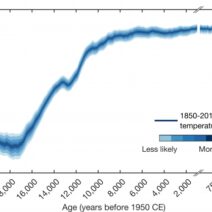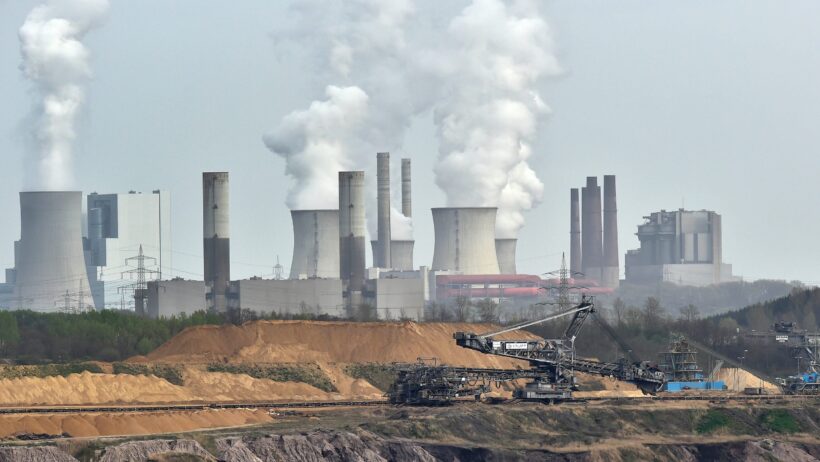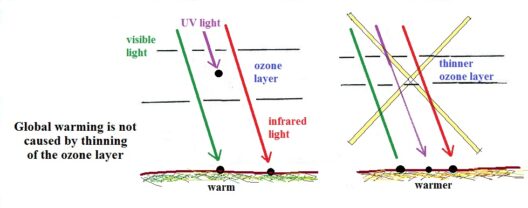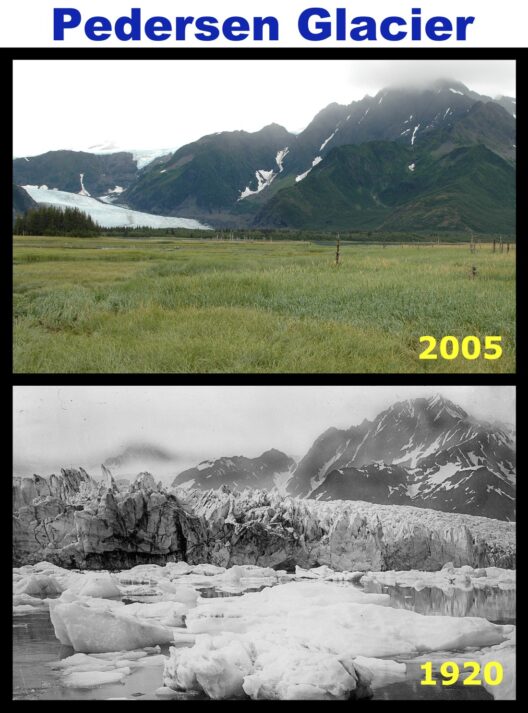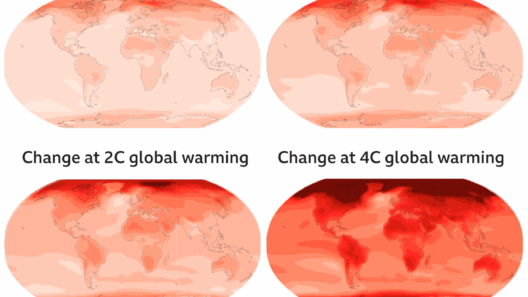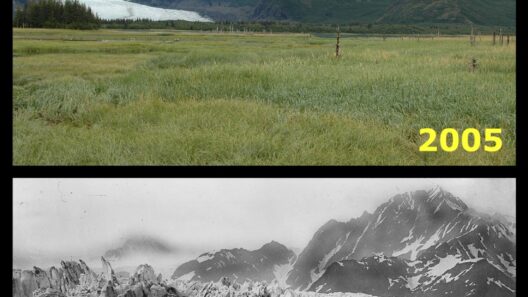Imagine a world where vast expanses of fertile land have transformed into arid deserts, dust swirling where vibrant ecosystems once thrived. This isn’t merely a dystopian vision; it is a reality exacerbated by climate change and global warming, which contribute significantly to land degradation. Understanding how this process unfolds is crucial for developing strategies to mitigate the effects on our environment and our ability to cultivate our planet sustainably.
Global warming, primarily driven by increased greenhouse gas emissions from human activities, has altered climatic patterns, leading to extreme weather events and a rise in average temperatures. This warming has a domino effect on soil moisture, vegetation cover, and biodiversity, all critical components of healthy ecosystems.
The interaction between these components creates a precarious balance. As temperatures rise, evaporation rates increase. This leads to a reduction in soil moisture, which in turn impacts plant growth. Plants, as we know, anchor the soil, preventing erosion and maintaining the ecosystem’s integrity. Without sufficient moisture, vegetation dies off, leaving soil exposed and vulnerable to wind and water erosion.
But what else might we uncover in this intricate web of ecological relationships? The loss of vegetation not only accelerates erosion but also diminishes the soil’s nutrient-holding capacity. Erosion is not merely a physical process; it can lead to the depletion of essential nutrients required for plant productivity. Consequently, we find ourselves caught in a vicious cycle where degraded land leads to increased desertification, which further compounds the issue.
Desertification itself is a complex phenomenon, whereby fertile land becomes increasingly arid. This process is influenced by several factors including unsustainable agricultural practices, deforestation, overgrazing, and climate change. As global temperatures rise and precipitation patterns shift, regions previously characterized by rich biodiversity may witness a decline in ecosystem health. By 2030, it’s estimated that 1.5 billion people could be affected by land degradation globally. This translated directly correlates to food insecurity and economic instability.
Yet, let’s consider the playful question: How might we transform our approach to land management to stave off these dire consequences? One potential challenge lies in shifting from conventional agricultural paradigms to more sustainable practices. This includes agroforestry, permaculture, and crop rotation, all of which not only enhance soil fertility but also increase biodiversity. Planting a variety of crops ensures that the land is not only productive but also resilient to climatic fluctuations.
Additionally, the use of organic fertilizers and compost can significantly improve soil health by enriching it with beneficial microorganisms. These microorganisms play a vital role in breaking down organic matter and making nutrients available to plants. In contrast, reliance on synthetic fertilizers can create further long-term implications such as soil acidification and reduced microbial diversity, ultimately accelerating land degradation.
Water management is another crucial facet of land preservation. As we face increasingly drought-prone conditions in many regions, innovative irrigation techniques can make the difference. Drip irrigation systems minimize water waste and ensure that crops receive adequate moisture directly at their roots. In lieu of conventional practices that often lead to runoff and wastage, such strategies enable a more efficient use of this precious resource.
Moreover, land restoration efforts have gained traction in recent years. Initiatives such as reforestation, afforestation, and the restoration of wetlands play an essential role in combating desertification. These efforts not only restore biodiversity but also improve the land’s ability to sequester carbon, thus working double-duty in addressing climate change and land degradation. Communities engaging in these projects often find an invigorated sense of purpose and connection to their environment, fostering sustainable practices further.
The concept of land tenure also rises to the foreground as a pivotal element in managing land degradation. When communities possess secure land rights, they are more prone to invest in sustainable agricultural practices and conservation efforts. Empowering local farmers through education and cooperative models can lead to more effective stewardship of land resources. Collaborative decision-making ensures that practices adopted are culturally sensitive and ecologically appropriate.
However, despite these glimmers of hope, the road ahead remains fraught with challenges. The intersection of climate change, population growth, and industrial expansion puts immense pressure on land resources. Unchecked development in urban areas can create heat islands, exacerbating temperature increases and further straining rural lands as they face migration due to declining agricultural viability. Thus, the challenge remains: how do we balance economic growth with environmental preservation?
Advocating for policies that prioritize sustainable development is imperative. This can be achieved through government incentives for sustainable practices, investment in green technologies, and stringent regulations against deforestation and land misuse. Global cooperation is essential; land degradation knows no borders. International agreements must foster a united front against further devastation.
In conclusion, the desolation that accompanies land degradation casts a long shadow over our planet’s future. However, through education, innovative practices, and community engagement, the ravages of dust can be confronted. It is time we rise to the challenge and redefine our relationship with the land we so heavily rely upon. A united front in combating the myriad causes of land degradation can lead us back from deserts to the fertile lands of resilience and sustainability.


